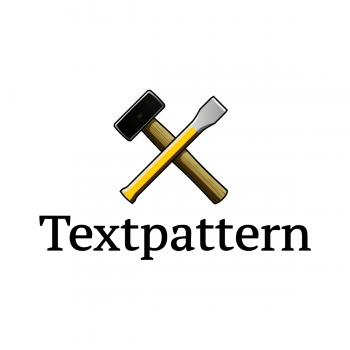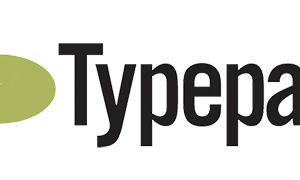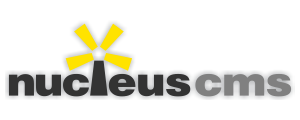 There exist countless sorts of web publishing systems. Although most of them function alike, these systems are designed to augment the functionality of a website in their own ways. WordPress is a common example (for an effective desktop web publishing system) that is widely employed these days. Certain power users who look forward to optimizing their websites utilize Textpattern. The advantages (and the disadvantages) of this web publishing system will be highlighted in the rest of the paragraphs. Some of the web administrators concentrate on developing websites that include dynamic content, and it is they who prefer Textpattern.
There exist countless sorts of web publishing systems. Although most of them function alike, these systems are designed to augment the functionality of a website in their own ways. WordPress is a common example (for an effective desktop web publishing system) that is widely employed these days. Certain power users who look forward to optimizing their websites utilize Textpattern. The advantages (and the disadvantages) of this web publishing system will be highlighted in the rest of the paragraphs. Some of the web administrators concentrate on developing websites that include dynamic content, and it is they who prefer Textpattern.
You must understand that Textpattern is an Open Source offering. In plainer terms, there are millions of developers working in tandem to ensure that the end user can enjoy one of the best experiences while deploying Textpattern. The Open Source tag, likewise, enables literally anyone to download the CMS for free and utilize it on their websites. You need not have to worry about support and documentation – they are also available freely in the form of discussion forums. It is quite natural to have doubts about deploying Textpattern effectively – head over to the official forums to participate in the discussions held there.
Textpattern is inherently designed to maintain the integrity of the website. Use the same on your website and you will realize that the pages are being rendered at faster speeds. The platform is not prone to any kinds of vulnerabilities too – unlike the other web publishing systems. One must never ignore the host of plug-ins that is available with Textpattern. Installing the plug-ins and incorporating them into the website can be executed within minutes. Textpattern has been marred occasionally by security vulnerabilities in the plug-ins. However, any intelligent web administrator will always double-check the plug-in before implementing the same into their website.
Incompatibilities between the plug-ins can also be problematic. Innumerable templates that can be utilized exclusively with Textpattern are, likewise, available. You must have working knowledge of (X)HTML – if you do, editing the templates can be fun! Building tags for the content (that is published on the website) is also simplified to a great extent. Localization is also disentangled with Textpattern – the default number of languages supported currently exceeds 40. A major gripe (that will be eliminated in the succeeding releases) is the following – although you can alter the default themes; the visitors will not be able to do so.
It is also advised to have an insight into “Textile – the Humane Web Text Translator” if you are planning to concentrate on Textpattern. WordPress lovers need not fret; they can selectively enable the WYSIWYG editor. It is easier to set up XML or RSS feeds on your website every easily with Textpattern. Any average internet user will look out for such features – regular email updates will keep them informed about the new posts on your website. Instead of relying on third party search engine tools, you can utilize the default algorithm for the same. As I always say, please experiment with the features before deploying it successfully on your website, even if you are a professional blogger.





